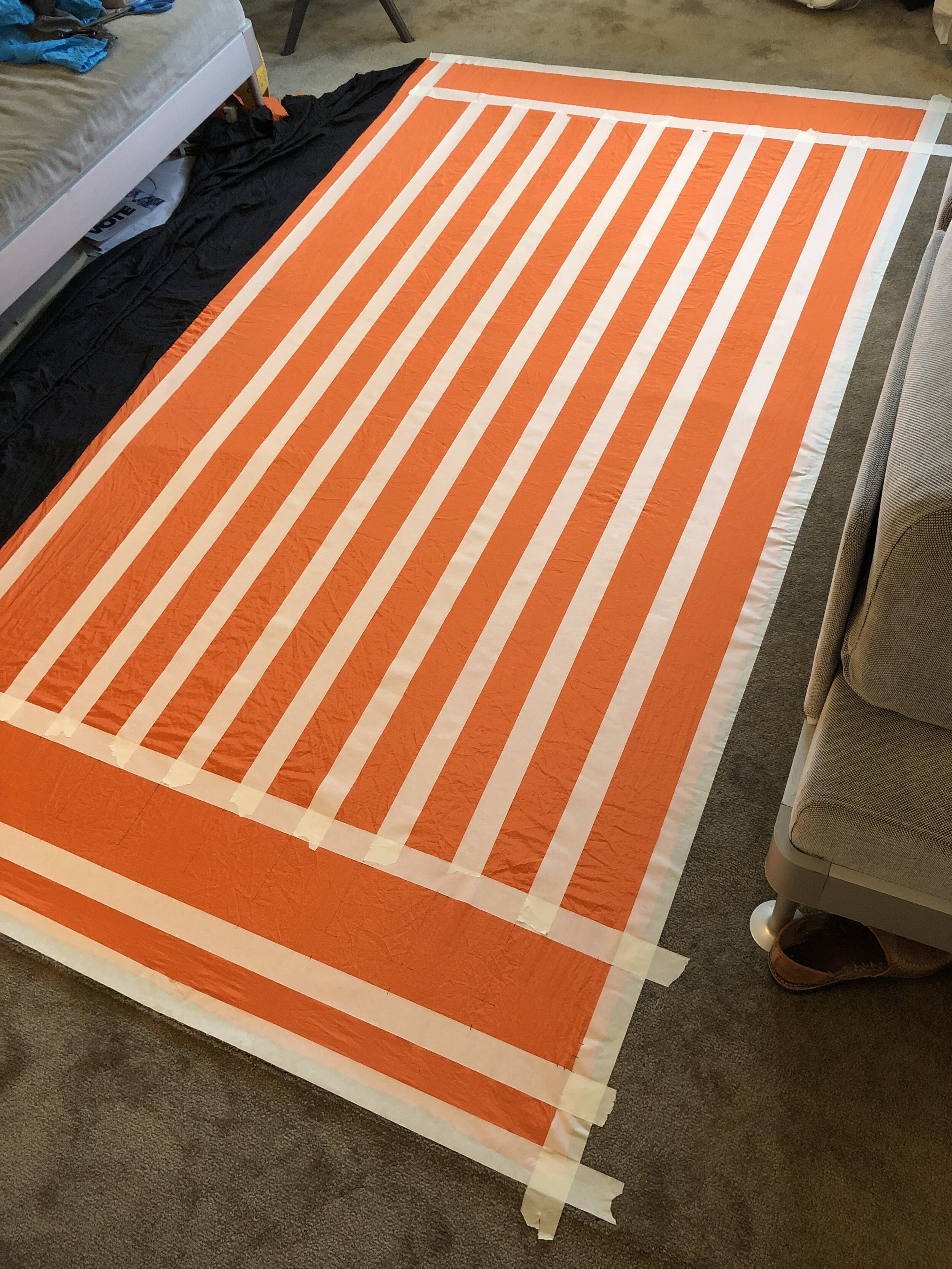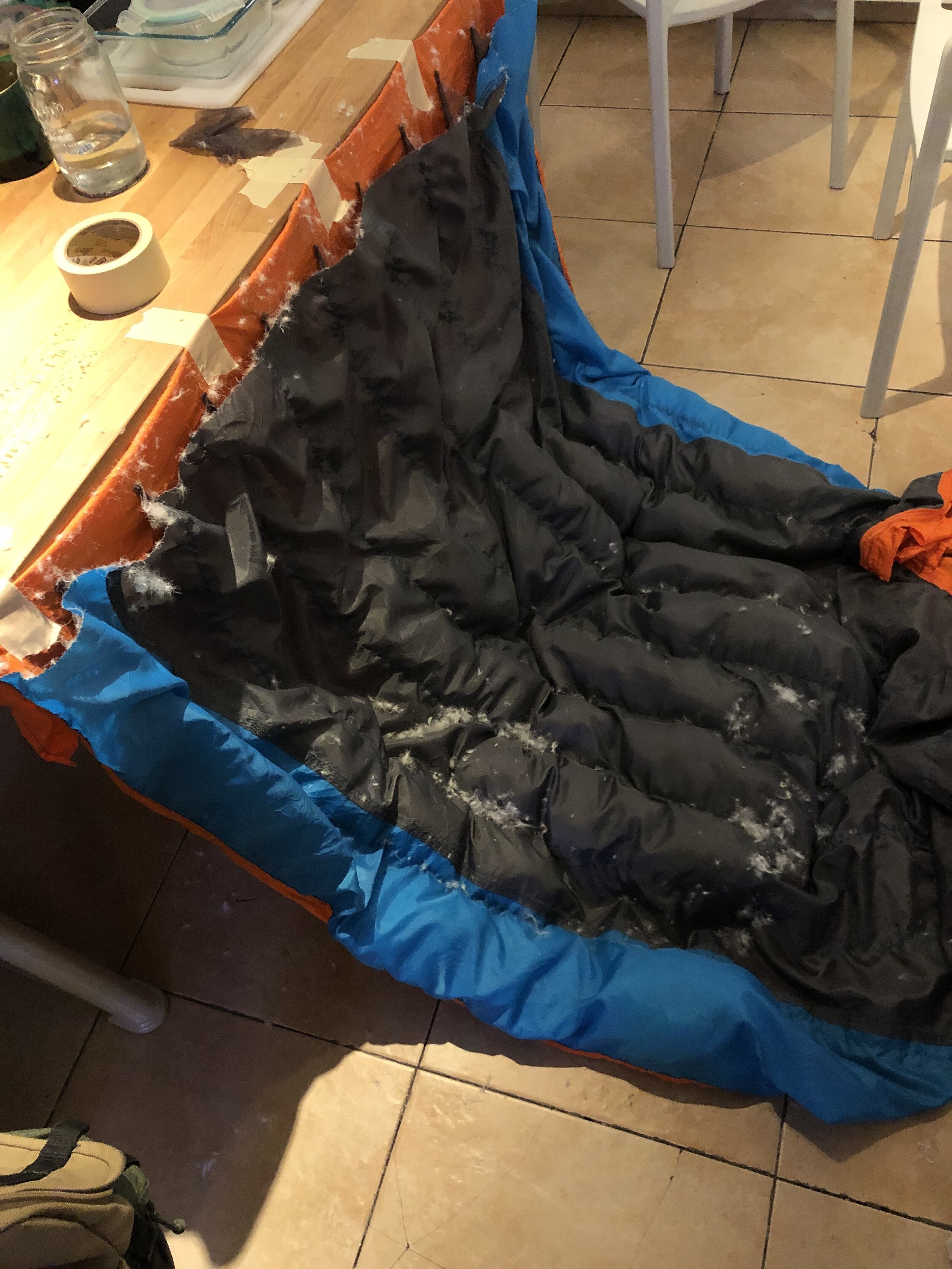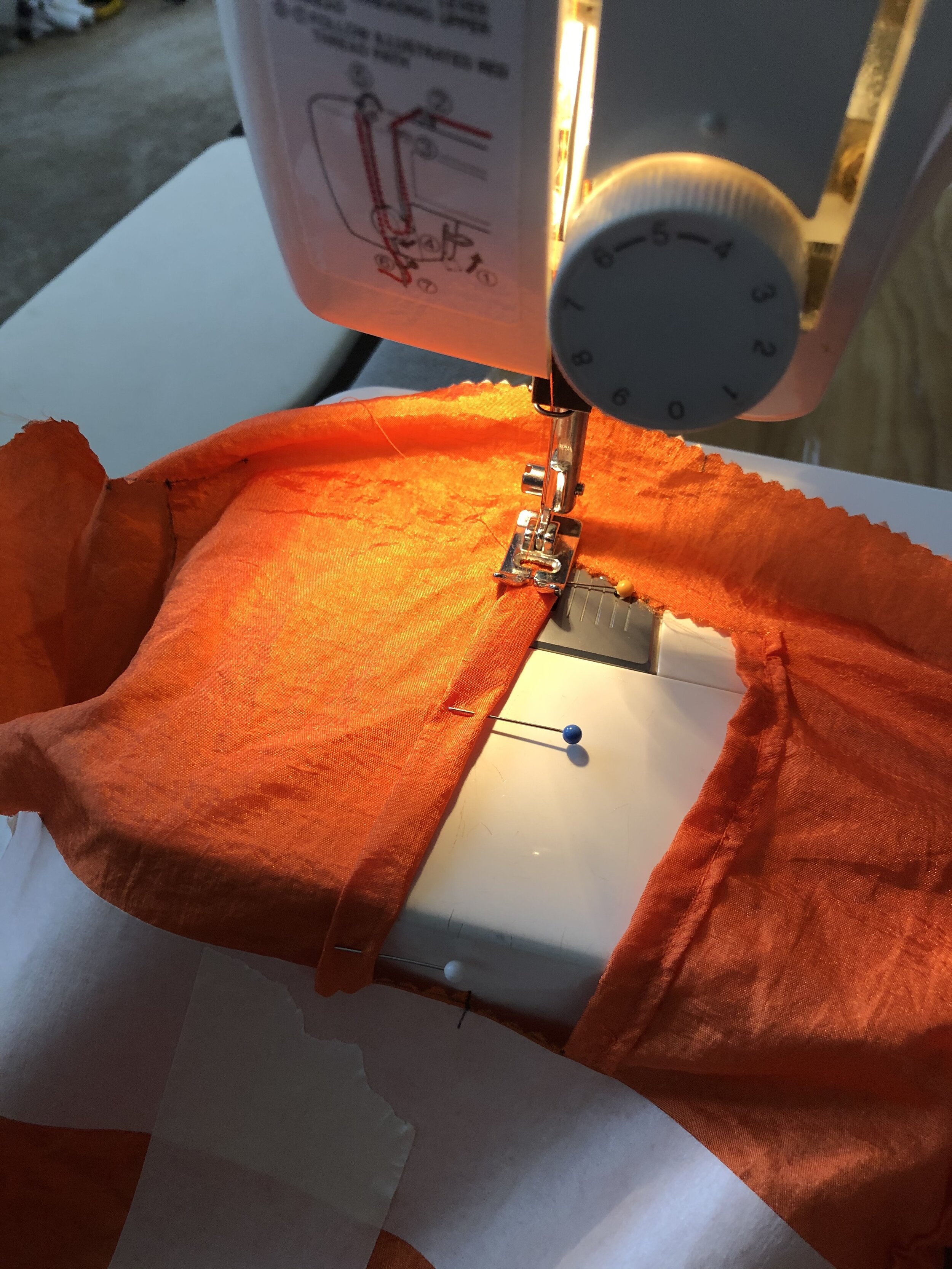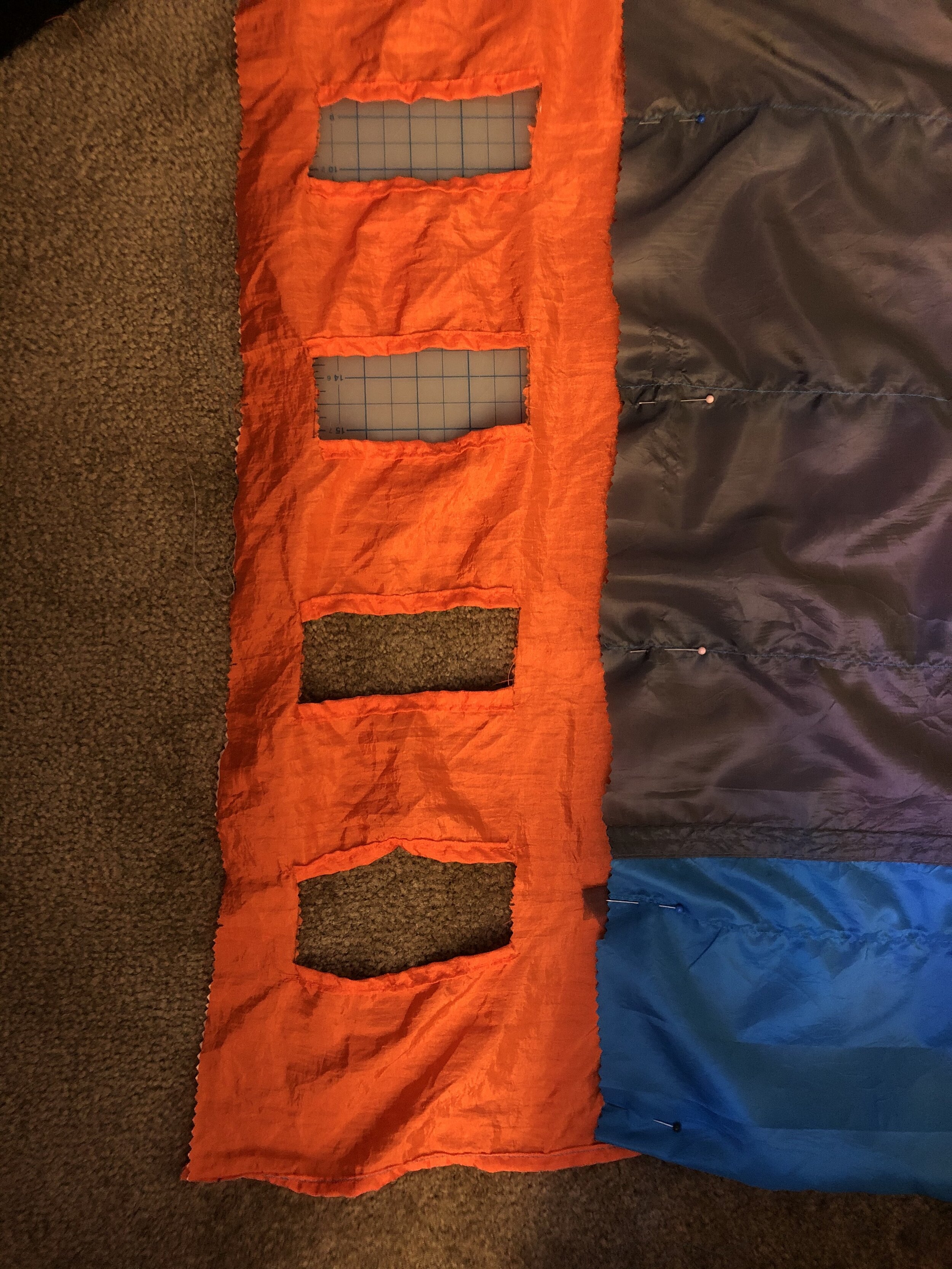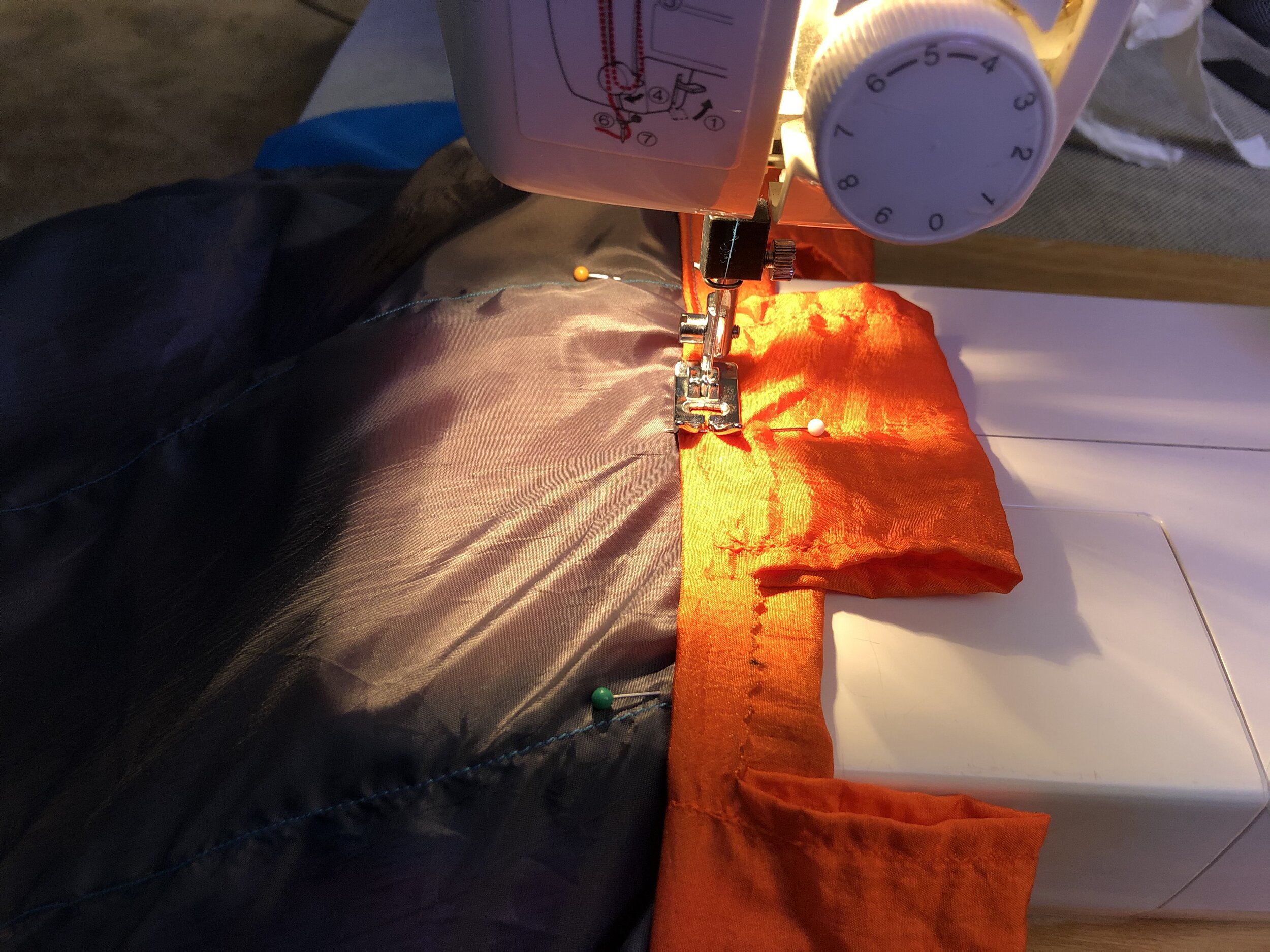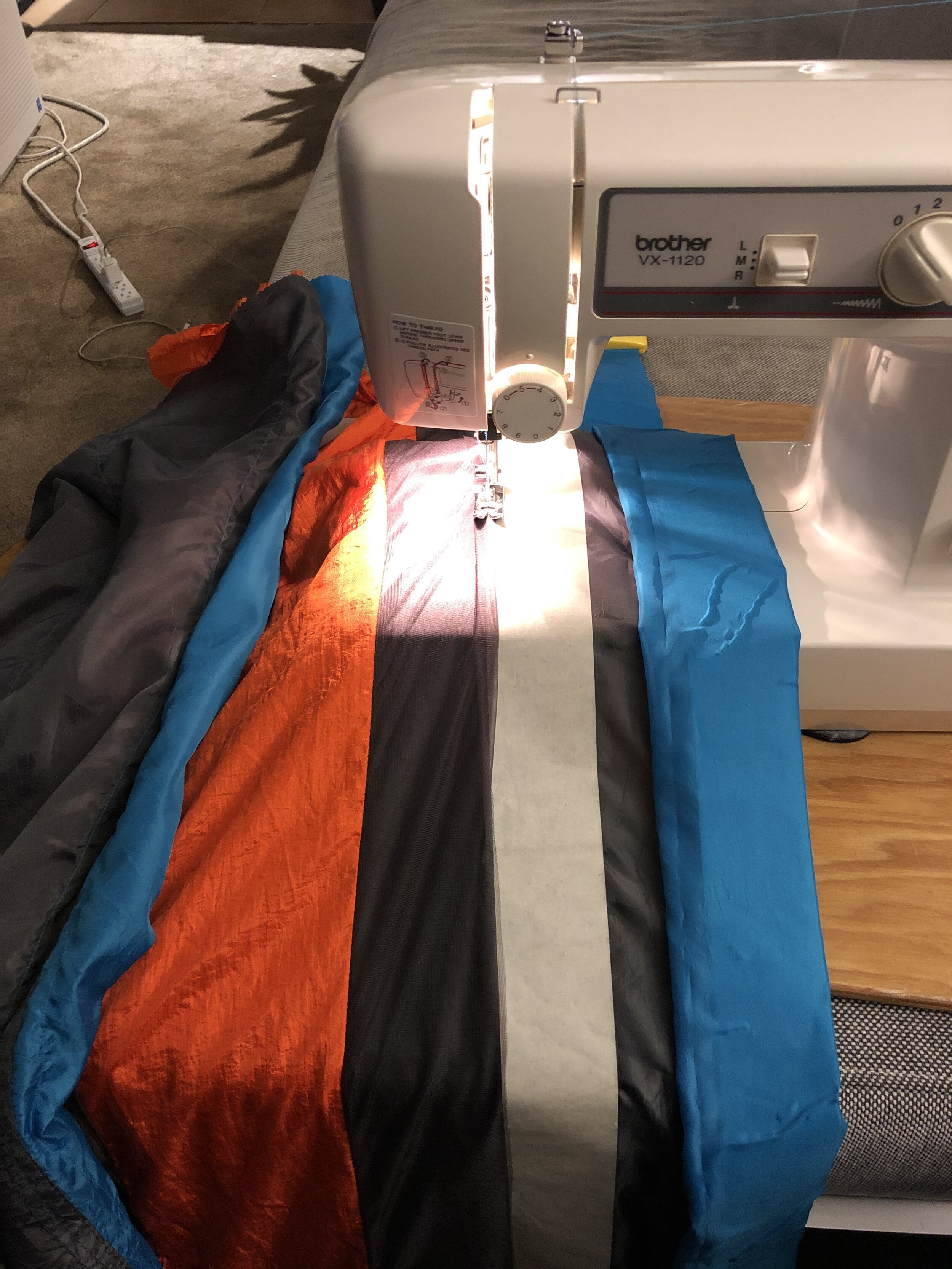
UST Cloud
Design ProcessPrompt:
Design a survival product for Ultimate Survival Technologies
Universal Survival Technology’s mission is to “inspire and cultivate people’s love of all things outside. We set out on this path with strong intention going forward… to create gear that allows EVERYONE to enjoy the activities that give us so much happiness.”
Brand Aesthetics
UST’s new products seem to reflect a playful and colorful aesthetic. As explained in their recent video series, they are trying to hone UST’s brand identity through their colors, branding, and a new logo.
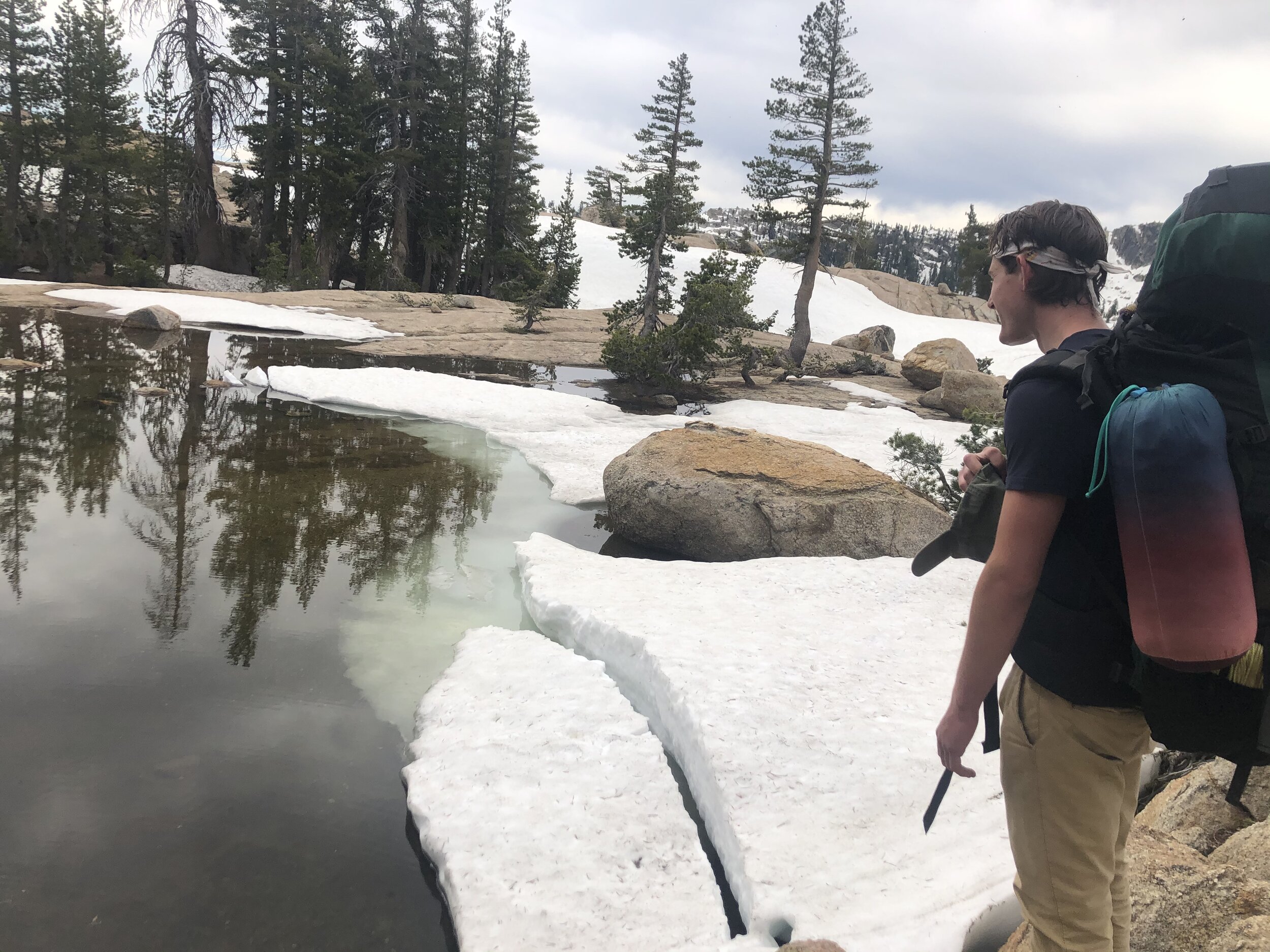
The ProblemSleeping in the Cold
Spring 2020, some friends and I decided to go backpacking and chose the location last minute. Once we were a couple miles in we were met by an unexpected snowy environment. We only brought hammocks to sleep in and were extremely cold at night. This poorly planned trip prompted a question.
How might I make a warmer hammock?
To start off, I looked at existing hammock products.
Existing Products
Traditional Hammock
Small, lightweight, and comfortable
Actually colder than sleeping on the ground because heat can escape from all sides
Hammock Under-Quilt
Keeps user warm
Extra setup, must carry two items (hammock and under quilt)
Hammock Tent
Keeps user protected from elements and somewhat insulated
Extra setup, many parts, and only usable in one position
Early Sketches
Poncho? Cape?
Early on, I experimented with different types of ways that the hammock might fold into a wearable.
Refined Concept:
Blanket/Hammock
Although some of the wearable hybrid designs would be interesting, the most versatile option would be simply a blanket.
The hammock would release like this through straps on the ends that allow the hammock to flatten out.
Incorporating Straps?
One important thing I needed to figure out was how the strap would exist as part of the blanket, would it be fixed inside? or would it be removable, and how would I remove it?
Scale Mockup
I decided on making the product approximately 90” x 50”, a comfortable size for one person as either a blanket or hammock.
Strap Incorporation
Loops at the end of the material allow the user to easily thread hammock straps through the end of the hammock.
Adds a patterned edge to the blanket while removing the need for a sewn in strap.
Tension on strap and pulls blanket into hammock shape
Strength Mockups
I used paper mockups to figure out the folds and stitches at the end of the hammock.
This area is crucial because it must bear the weight of the user.
The final fold pattern leaves no fabric edge unstitched to maximize strength.
Build Planning
Puff Direction
To maximize warmth for the user, the down puffs must face out so they are not flattened by the user’s weight.
Research showed me that on hammock under-quilts, down puffs hang off of the weight bearing material with mesh to stay loose.
Final Orthographic
Storage
I found the best way to store the product would be in a separate bag so it would not interfere with the blanket function.
Sewing ProcessThe first thing I’ve ever sewn…
Crucial to make sure the fabric is flat and static while making measurements.
Important that the mesh down dividers are the same height.
Down is extremely hard to contain, my apartment was covered!
I used lots of pins to make sure the loops were folded correctly.
Sewing up the second end once the down was inside.
The workspace:
Folding excess fabric out of the way is important for a smooth stitch.
I found that sewing the bag from inside out was the best way to keep the seams hidden.
Final
Packaging
Bag Material - .66 oz taffetta nylon - 19” x 18”
Bag Bottom - .66 oz taffetta nylon - 6” diameter
Nylon Cord - 22”
Cord Lock
Product
Outer Fabric Material - .66 oz taffetta nylon - 85” x 59”
Inner Fabric Material - .66 oz taffetta nylon - 97” x 51.5”
Thread - Nylon - 2 Spools
Water Resistant Goose Down 700 fill - 12 oz
Attachments
Hammock Straps - 2
Hammock Loop Straps - 2 - 6”
Carabiners - 2
